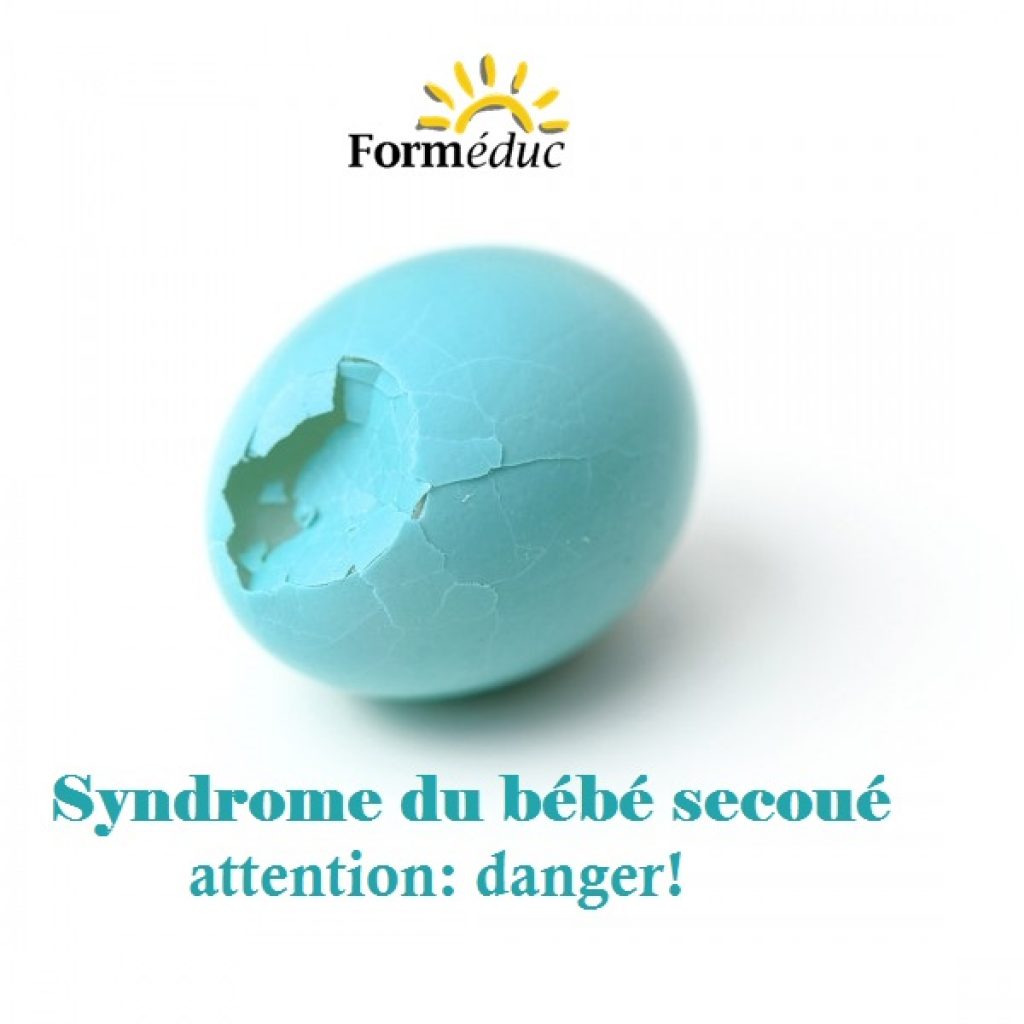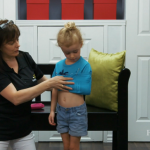

- 23 February 2024
- |
- Andrée Bouchard
What is shaken baby syndrome?
Shaken Baby Syndrome, or SBS, is a form of head injury that occurs when a person shakes a child, usually in an attempt to stop the child crying. It is a non-accidental injury that can cause brain damage, bleeding on the surface of the brain, brain edema (swelling), bleeding behind the eyes, and other types of injury such as fractures, bruising and internal bleeding.
Most often, this tragedy occurs when the child’s caregiver is exasperated by the child’s crying. Shaken Baby Syndrome is most common in children under one year of age.
Shaking a baby is a violent act, which can cause severe brain damage and be fatal. Every year, dozens of very young children fall victim to this form of abuse.
What happens in the brain of a shaken baby
When a baby is shaken, the brain repeatedly strikes against the front and back of the skull, creating haemorrhages, extensive tissue damage and brain swelling. Some babies have heavier heads than others, and weaker neck muscles. A violent jolt in these children can cause instant death.
A severely shaken baby may show one or more of the following signs:
- No response to stimulation
- Lethargy
- Convulsions
- Inability to make sounds
- Inability to follow movement visually
- Difficulty breathing
- Pale or bluish skin
- Loss of consciousness
- Vomiting
- Weak crying due to brain damage
- Rolling or revolving eyes
Who can shake a baby?
Anyone who looks after a child can experience anger or frustration at some point. Some babies cry more than others. Premature babies and children with health problems, for example, may be at greater risk. Shaking the child is by no means the solution.
What to do if you’re running out of patience?
If you feel impatience, exasperation and anger rising, if you can’t stand the baby’s cries any longer, then take the necessary steps to avoid committing a regrettable act that could endanger the child’s life.
Do not scream. Take several deep breaths.
- Place the child on his back in bed or in a safe place and leave the room. It’s perfectly acceptable to let a child cry alone for a while. A child is in less danger alone in bed than in direct contact with an exasperated adult.
- Stay in a room where you can’t hear it. If your home is too small, go outside for a few minutes.
- Take several deep breaths to calm yourself.
- Take a break by occupying your mind with something other than hearing the crying: watch TV, listen to music, play a video game, vacuum, take a shower, exercise …. In short, any activity that will calm your anger.
- Call someone close to you for help and let someone else take over for a while.
- Call your doctor or pediatrician, or ask anyone who can offer help and advice (see resources at the end of this document).
- It’s better to disturb someone, even in the middle of the night, than to lose control and commit an act of violence.
Prevention requires training!
Forméduc offers educators and parents 3 training courses designed to prevent child abuse:
– Shaken Baby Syndrome
– Abuse/ intervening to protect children
– Preventing child sexual abuse
These training courses will give you the tools you need to recognize situations that pose a risk to children, put into practice techniques for preventing abuse, and know how to initiate a whistle-blowing procedure while protecting yourself.
To order one of our distance learning courses:




